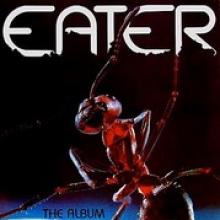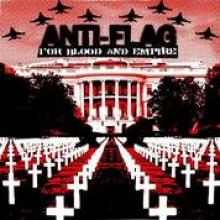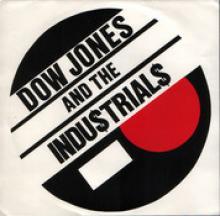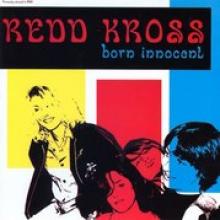Eater: A Teenaged Punk
By contrast, though, there were an endless amount of teenage miscreants that had no intention of examining anything beyond what was right in front of them or in comic books, on television or in their collective ear holes. A great deal of those groups were offered a chance to record just due to the interest in punk as a new genre. Some of those resultant discs are horrible messes. But somehow, the youngest group that was apart of the first wave, Eater, were able to put together a strong enough album that it still sounds vibrant thirty three years on.
Beginning in 1976 and predating a huge portion of the scene, Eater, whose drummer was reportedly only 13 when the band was founded, positioned itself such that even the Buzzcocks opened for the group. And while Eater would only be around from ’76-’79, the band was able to issue a spate of singles and a lone long playing album.
The lazily titled The Album was released during a time that the British market saw a huge influx of punk recordings. And while the Sex Pistols eventually made it to the top of the charts, Eater wasn’t as fortunate. Coming off as something halfway between the Stiff Little Fingers and the Jam, Eater should have wrangled a tremendous following. But the fact that the band eschewed thoughtful lyrics for stuff like “Get Raped,” which is actually a monstrously entertaining pop-punk effort, probably scared off some of its potential fan base.
With pithy titles and the like, Eater was still able to craft a sound that was uniquely its own. It wasn’t exactly innate seeing as out of the band’s sixteen tracks on The Album, four qualify as covers. But that’s simply the mark of a young band working out its own style. Coping a Bowie track and a reworked Alice Copper track, Eater also included a pair of Velvet Underground covers. A perennial favorite amongst early punkers songs like “Sweet Jane” and “Waitin’ for my Man” benefited from the teenager’s revved up tempos and sneered vocals. Again, it can’t be said that anything over the course of this disc qualifies as visionary, but that’s not what folks want all the time.
Instead, Eater was able to prefigure power-pop, pop-punk and any other variety of punk related sub-genres. The Album probably won’t ever get what it deserves, but certainly, the teenaged punkers that recorded the disc didn’t expect too much in the first place.





